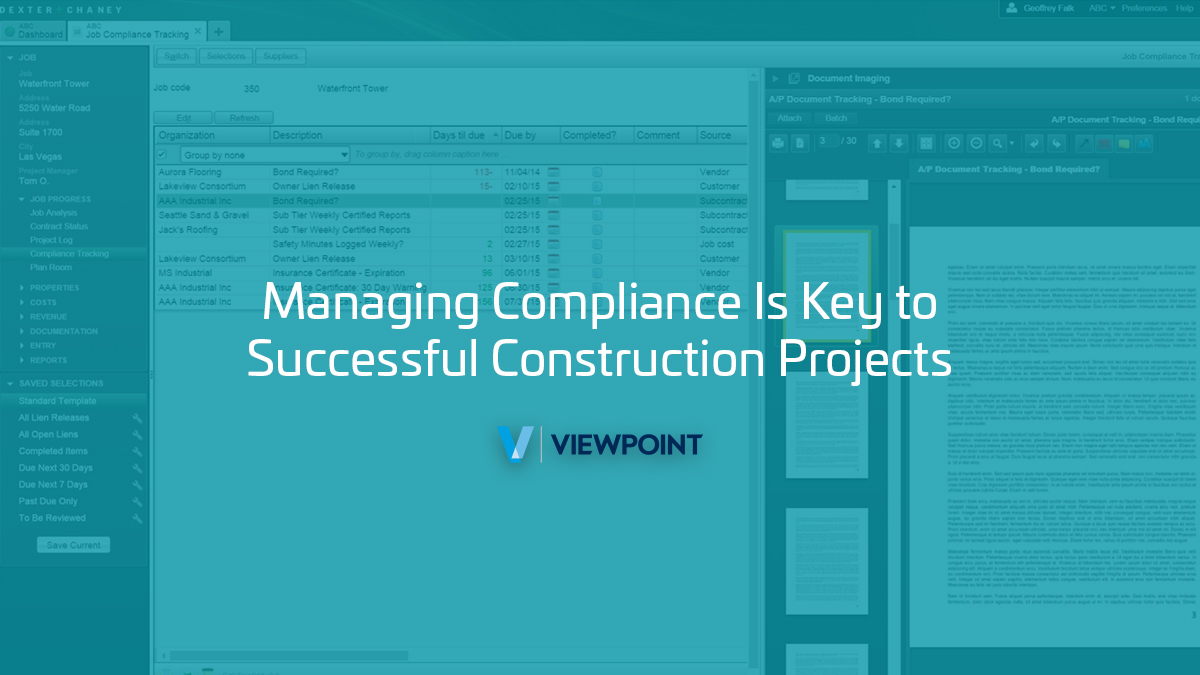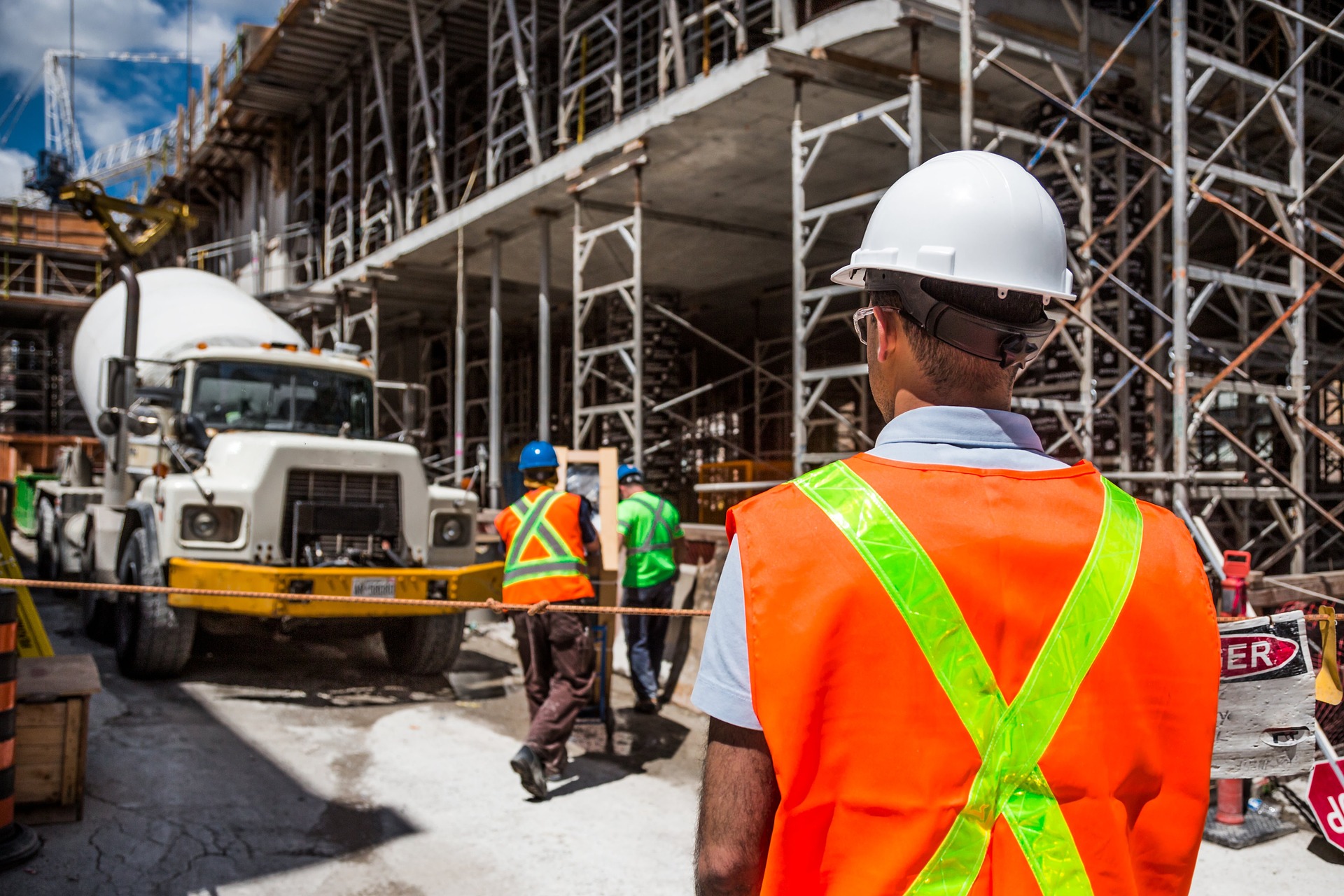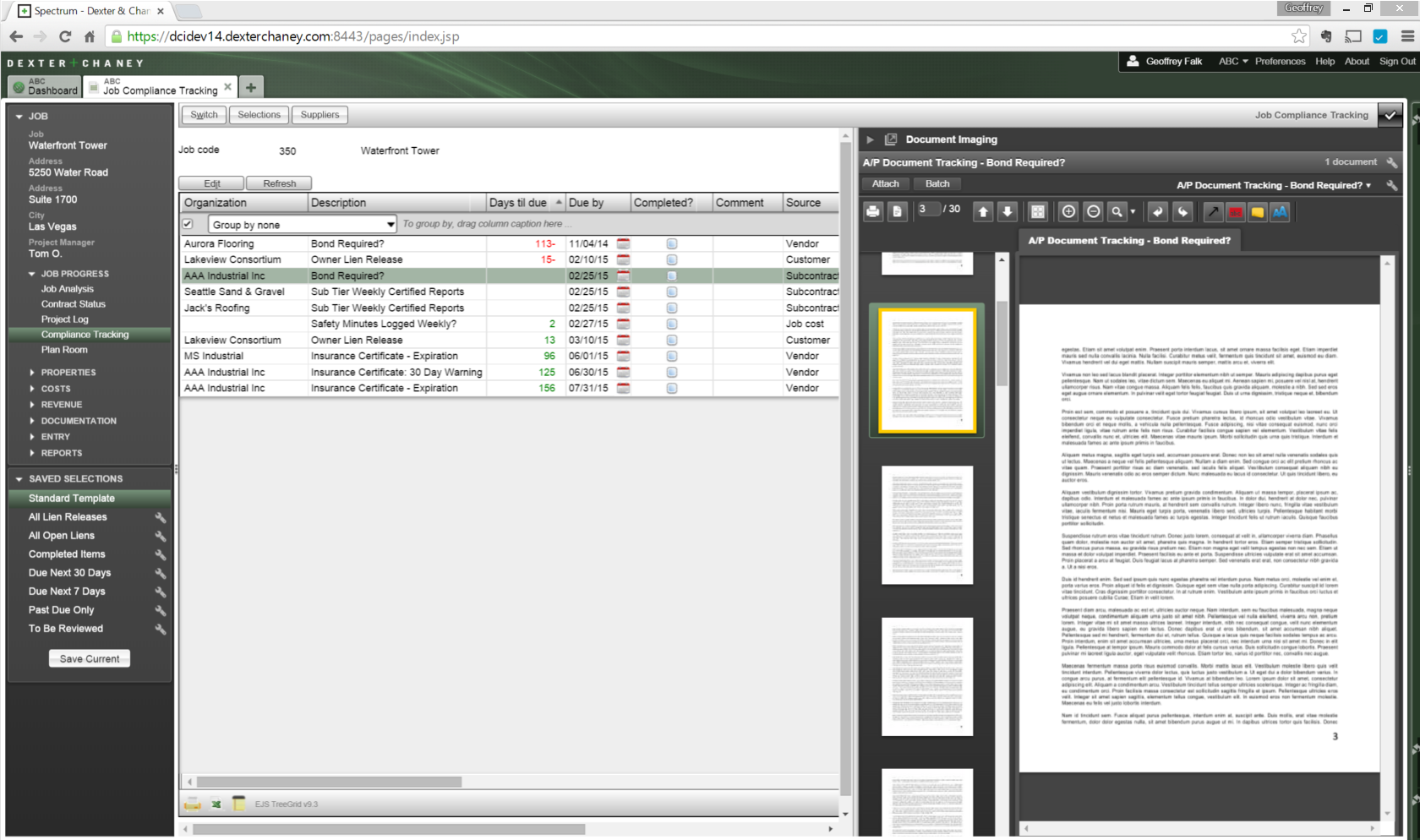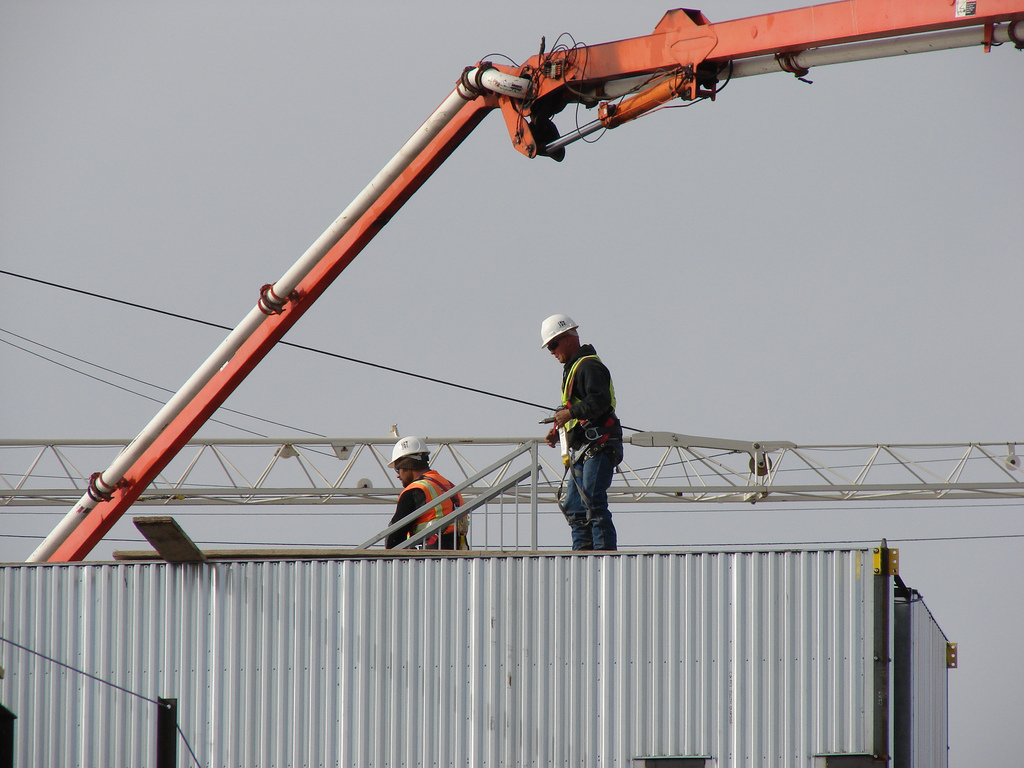
With today’s construction demands, projects are becoming larger, more complex, and involving more people, processes, and collaboration than ever before. That’s a good thing for contractors’ bottom lines as larger, meatier projects mean more work and more revenue.
However, for those managing the day-to-day work, it means there are more things to stay on top of — from project costs to change orders to materials to subcontractor commitments to WIP reports to payroll to safety regulations — it can be a daunting task for even the best-staffed construction firms.
Thankfully, leading-edge technology and software are helping contractors streamline workflows surrounding all of those tasks and making it simpler to store, track, and analyze the data behind them. One of the most crucial elements to maintaining fluid construction projects is having solid compliance management practices in place.
Compliance Is Critical to Success
Construction is one of the most heavily-regulated industries. Beyond the contractual agreements between the owner, contractor, and subcontractors, construction firms need to consider building codes, insurance and bonding requirements, credit and background checks, prevailing wage and union payroll requirements, lien requirements, a plethora of safety regulations, and much more.

These are a lot of hoops to jump through to ensure a successful end product. Any one of these issues falling through the cracks can bring work screeching to a halt while it is addressed. It can also present significant risk to the contractor via penalties, lawsuits, or other conflicts.
Whether it comes down to back-office staff or project managers in the field, it’s critical to have folks on team dedicated to compliance issues and documentation. To be effective, these professionals need to:
- Actively communicate compliance requirements to everyone involved in the project.
- Collect, store and track all compliance documentation.
- Proactively communicate with parties when documents are expiring, when information is missing, and when payments are held back or work needs to be stopped.
- Know when and how to take action for non-compliance, including holding subcontractor payments, halting work until safety issues are addressed, and more.
Ditch the Paper
Since a key part of ensuring compliance is the documentation, it’s important to have a fluid system of record keeping in place. That means easy-to-access, correctly versioned documents in a central location, with an effective means of distributing, and with backup copies in place should they be needed.
Unfortunately, many contractors are still relying on physical paper, file cabinets, and other archaic means of document and data collection. These are not ideal methods as documents can take longer to find, can get lost, and might not be able to be recovered in the case of a disaster like a fire or flood. Plus, when physical copies are relied on, they tend to wind up spread across multiple locations — back-office, field offices, etc.

Document management software solutions where digital copies are maintained in a central location for easy access and tracking — preferably in the cloud to guarantee the information is backed up — are strongly advised. Leading construction enterprise resource planning (ERP) platforms have these solutions built in so that the data is integrated throughout the organization. This also allows for simple, automated workflows to be established so that the collection and tracking of compliance documents is streamlined.
Should a compliance issue arise, like a conflict arising from a subcontractor not providing current bonding certifications or an OSHA inspection that generates concerns over whether safety regulations are being consistently followed, compliance managers can have the answers at their fingertips in seconds.
Dedicated Compliance Solutions
There are other solutions contractors should also consider for compliance management. Dedicated job compliance management solutions, also integrated into some construction ERP software programs, provide a dedicated management portal to manage the various levels of compliance documents and tasks associated with projects.
These softwares include automated workflows to streamline compliance management tasks and alerts to when documentation is needed or soon expiring. These programs can also manage the compliance documentation process down through multiple tiers of subcontractors, ensuring that compliance is always in place, no matter who is doing work on the project.

There are also specialized kiosks and web portals, which allow subcontractors to easily self-manage their own compliance issues. These solutions allow subcontractors to update compliance information, upload supporting documents, and receive warnings and alerts when documentation is needed or new information becomes available. They can also use these solutions to process billings and see job information relevant to them.
Robust employee management and HR software solutions also help by tracking employee certifications, managing training, keeping tabs on employee or group-specific issues or violations, and much more. Keeping these employee documents and data up-to-date is critical to ensuring everyone on the project team is in tune with compliance issues at all times.
Routine Checks and Balances
Even if compliance management is a well-oiled machine thanks to technology, it’s good to review and refresh practices on a regular basis. Just as performing regular maintenance on a piece of equipment keeps it running smoothly, having regular employee training, evaluating compliance management processes, and establishing widely understood methods and dates for collection of compliance documents across all project teams will help ensure compliance stays top of mind.
BuiltWorlds partnered with Viewpoint to bring you this article. Interested in learning more about how full-suite construction ERP platforms are helping improve construction compliance and efficiency across the board? Connect with Vickie Valdez at Viewpoint.
Image #3 courtesy of Michael Rael.

Discussion
Be the first to leave a comment.
You must be a member of the BuiltWorlds community to join the discussion.